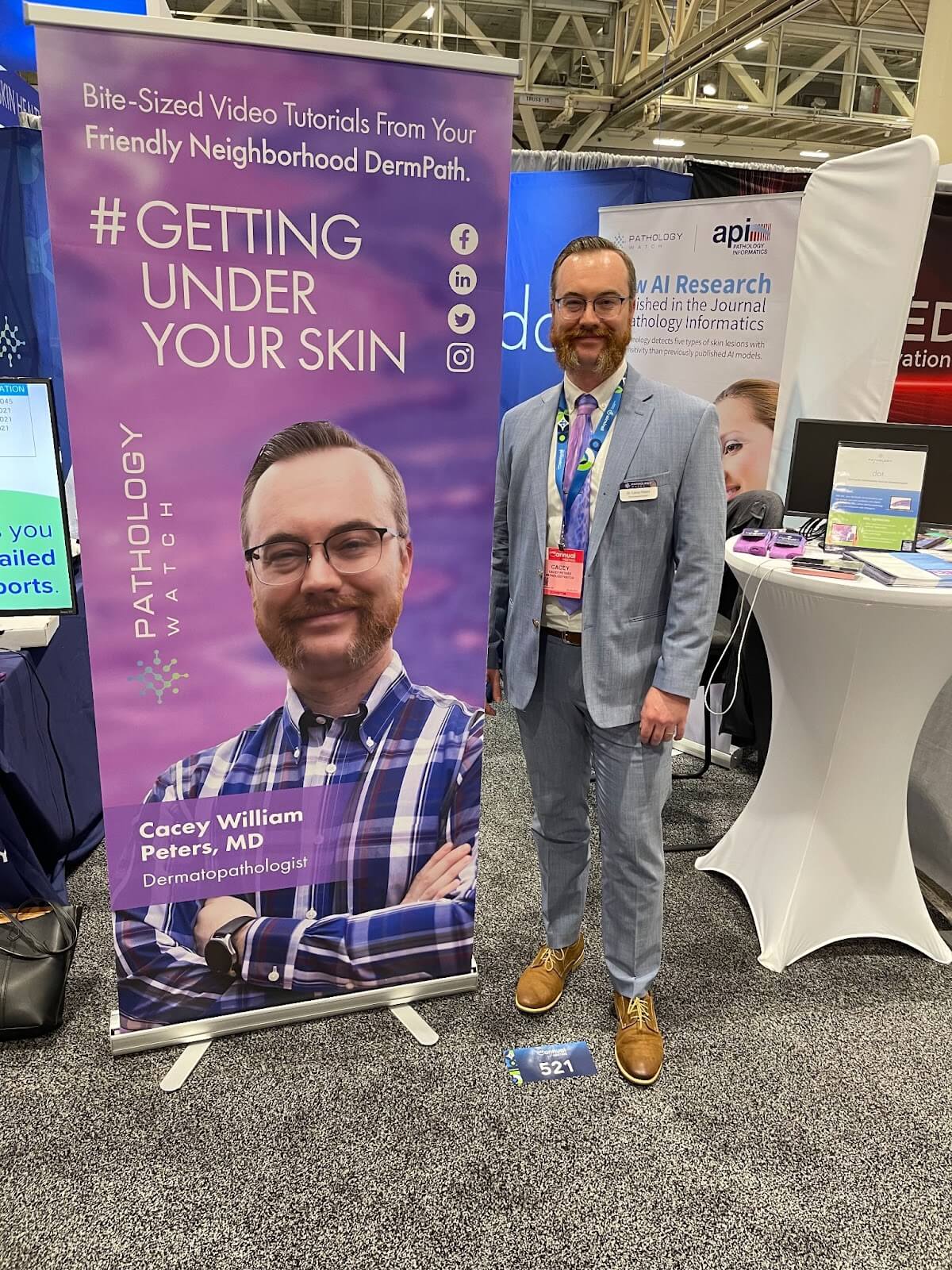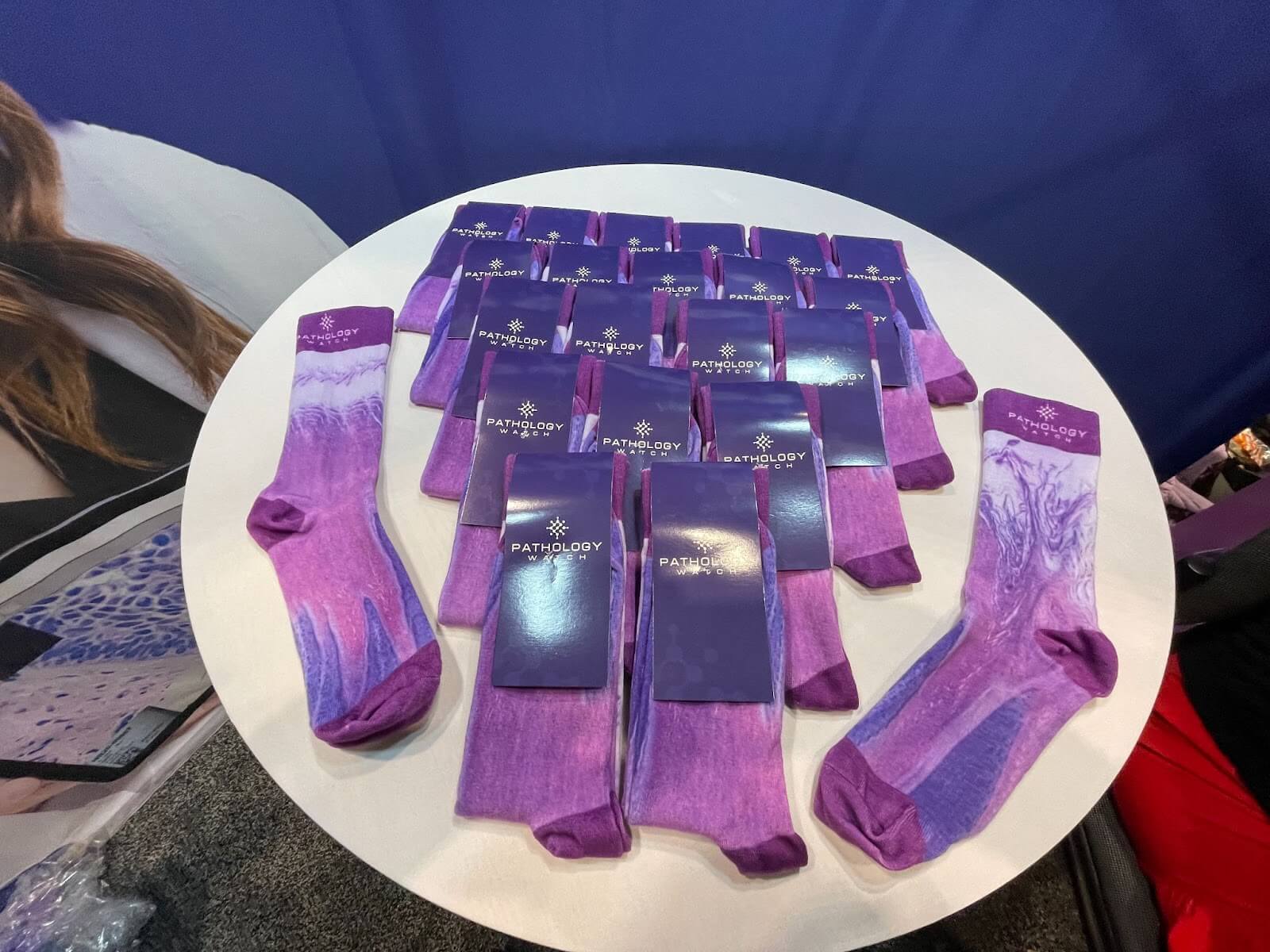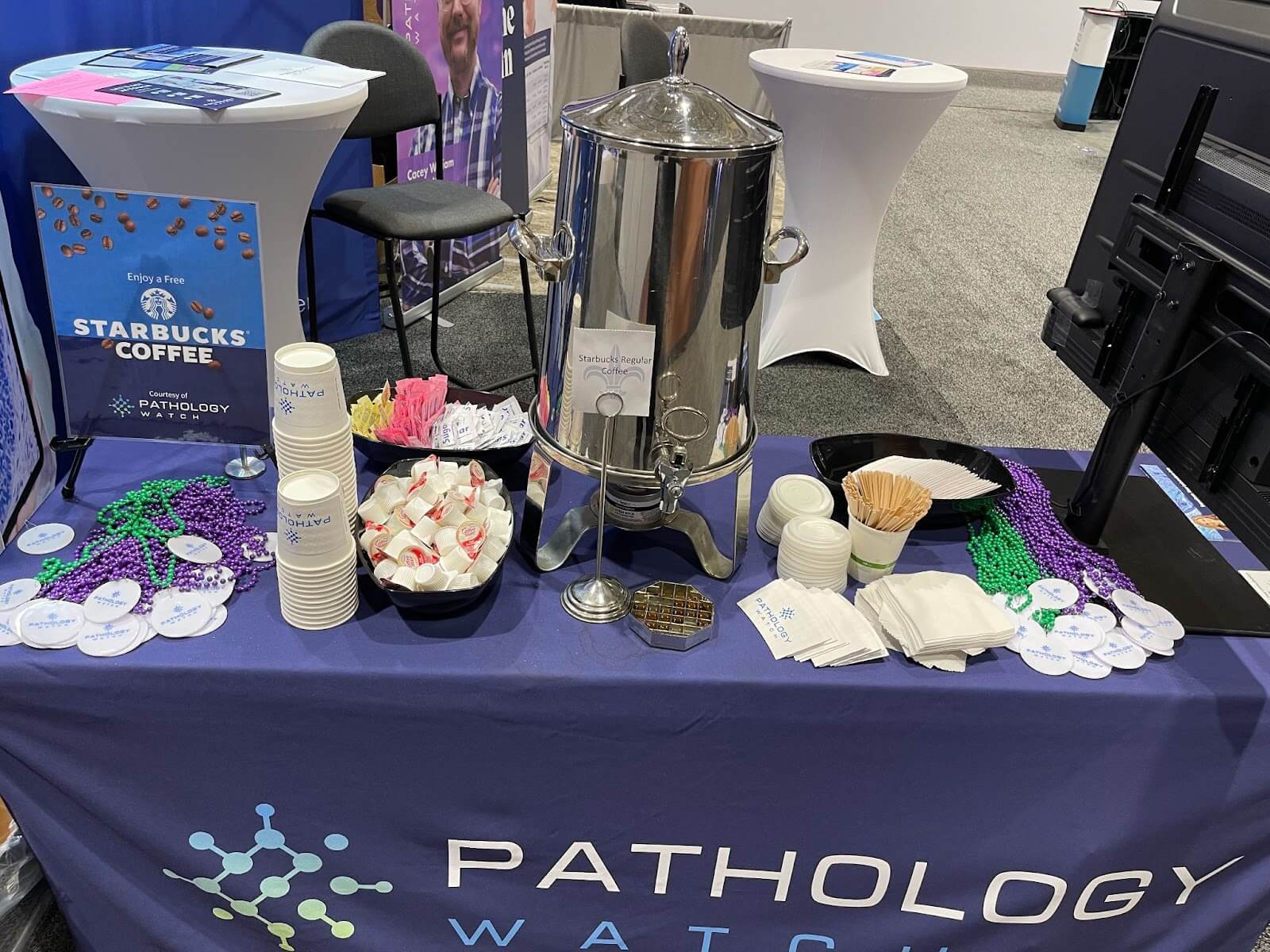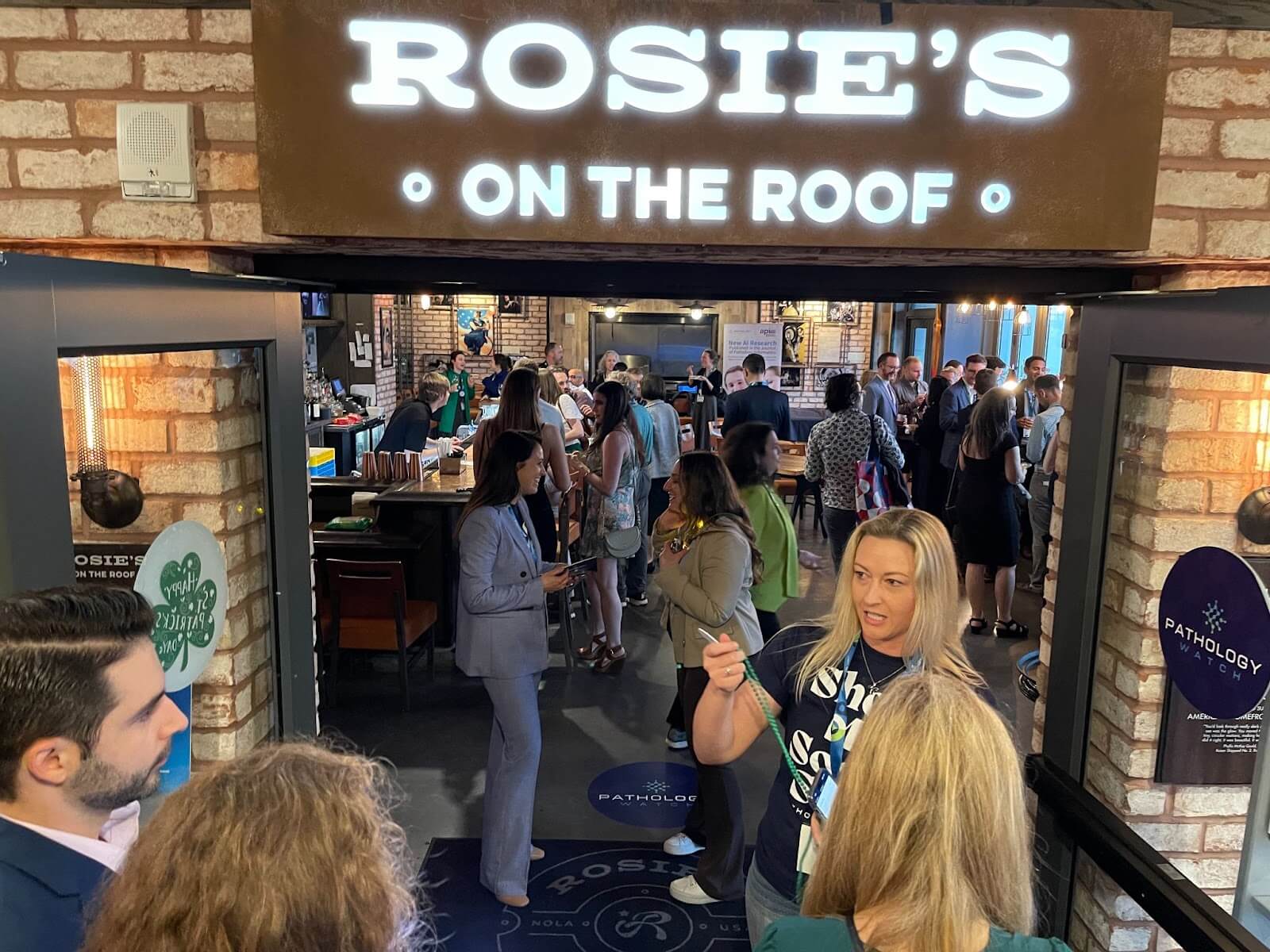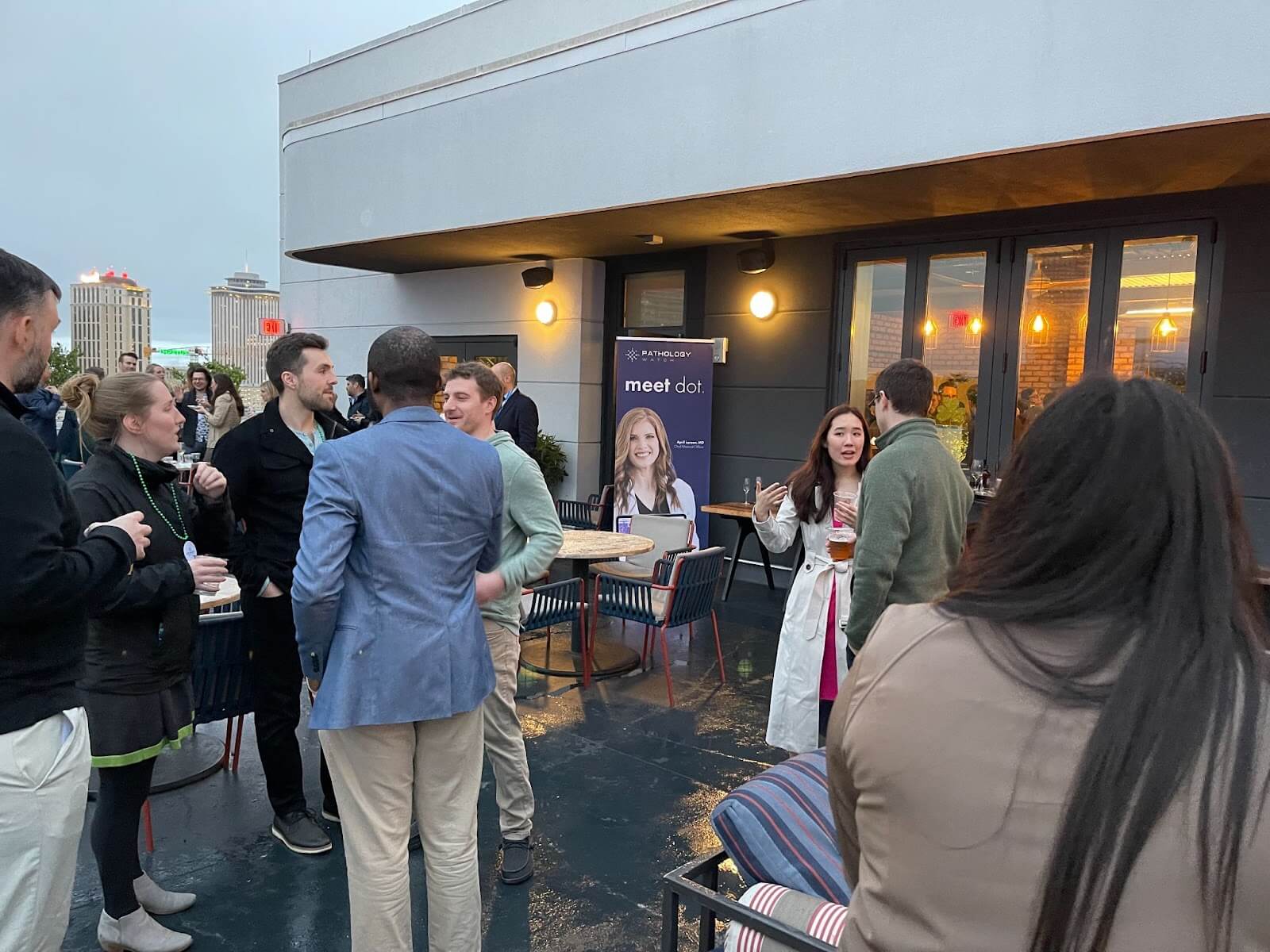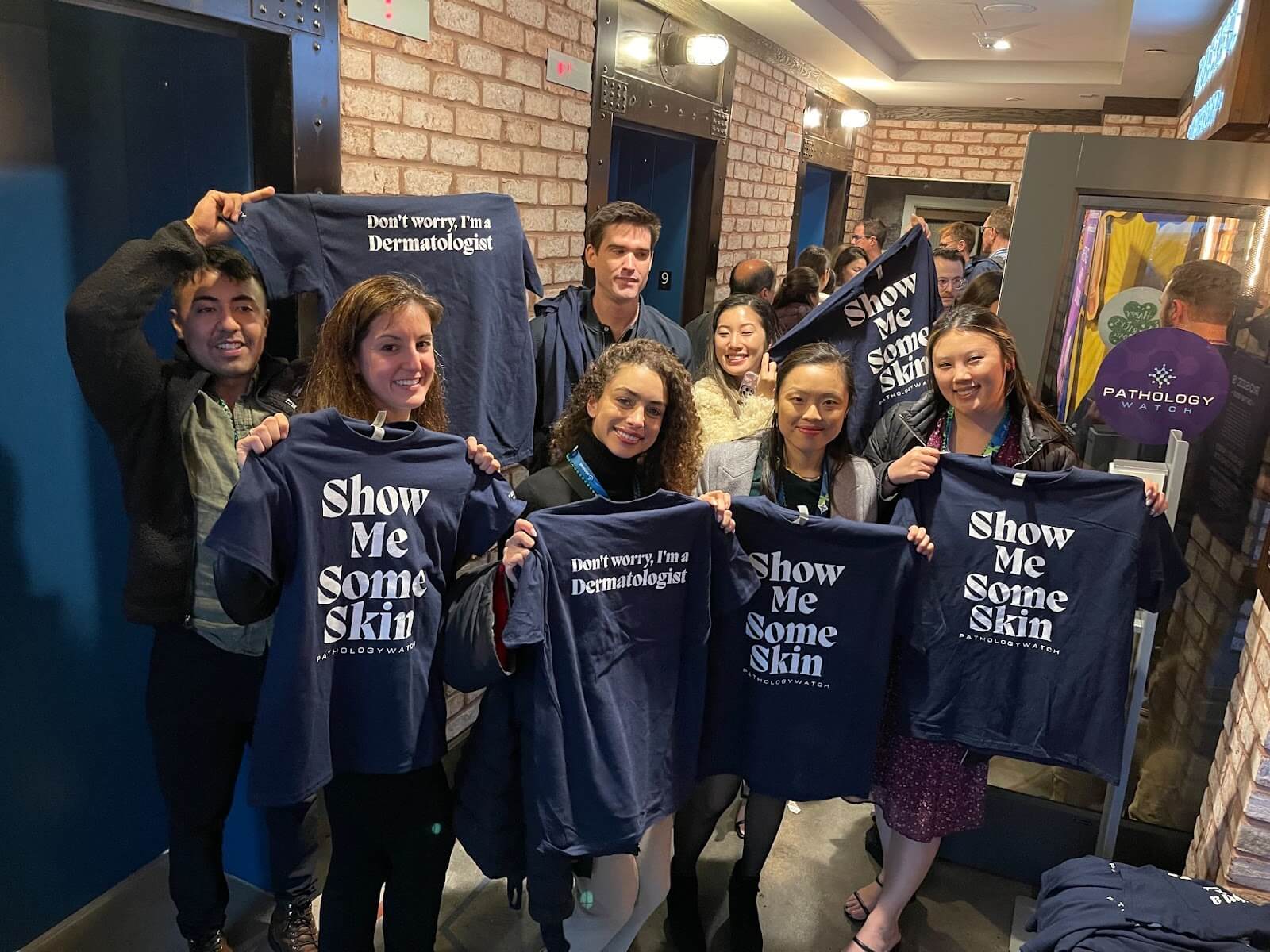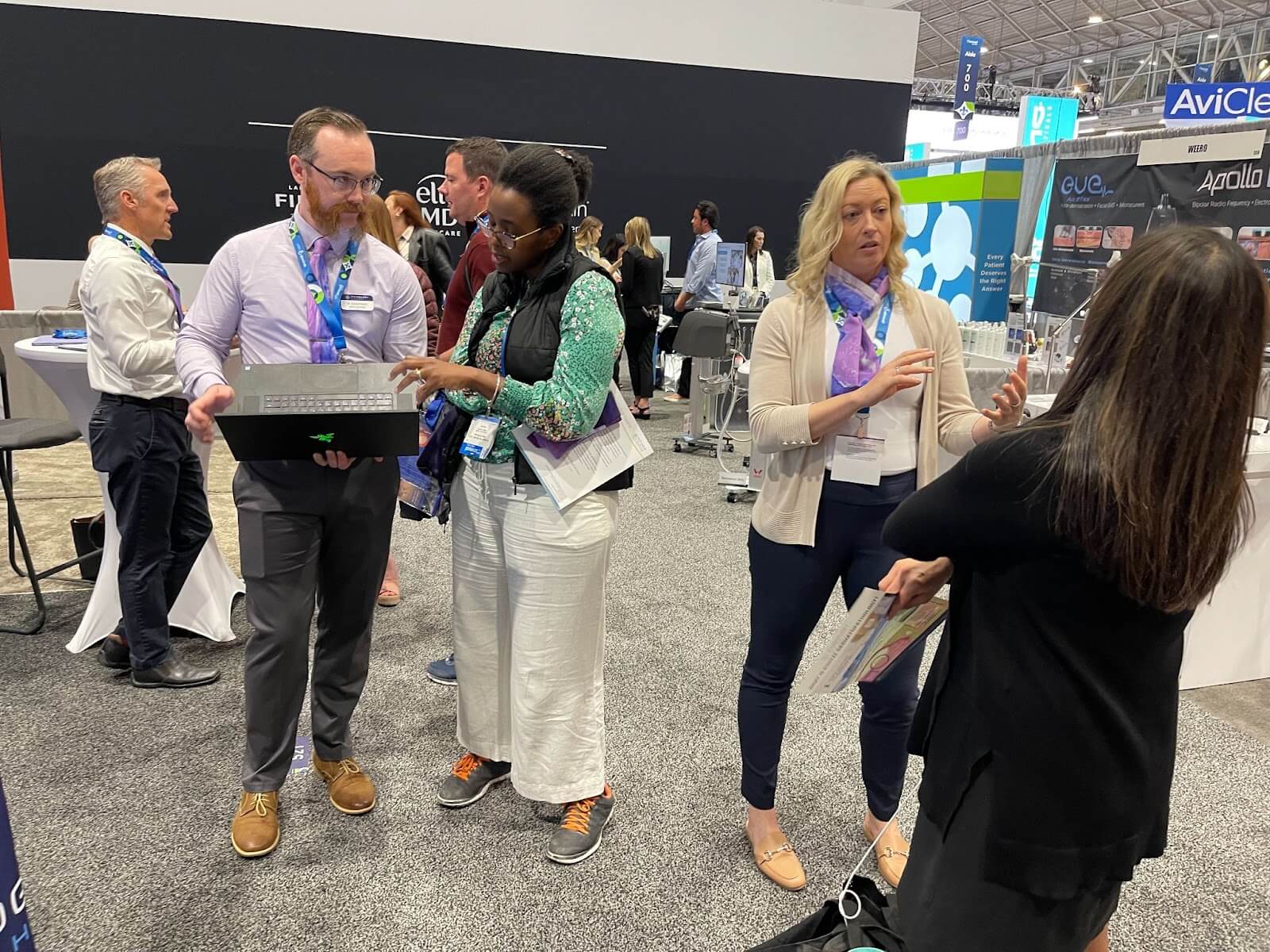Things are changing fast in the dermatology field. As more dermatologists turn to digital-based services, the options for expanding patient care services, accelerating turnaround times on diagnoses, facilitating interoperability among health services agencies, and streamlining workflow processes to better control overhead costs are transforming the dermatological patient experience.
At the heart of some of those changes occurring in Utah’s pathology labs is PathologyWatch, a full-service dermpath lab that combines the dermpath expertise and cutting-edge technology of an academic center with the efficiency and customer service of a private lab.
Dan Lambert, CEO at PathologyWatch, met recently with Caitlin Hansen of Silicon Slopes to discuss the business side of running a series of digital pathology laboratories, the future of AI technology on patient care, and the vision Dan has for the future of PathologyWatch and digital dermatopathology.
Here are some of the highlights from that interview.
Caitlin Hansen: Can you give me a little more info about the technology?
Dan Lambert: Right now, you go into the dermatologist; then they take a biopsy, and that gets FedExed or couriered to a local lab where it’s cut into really thin slices and stained. A physician looks at that under a microscope, types up a report, and that report might be faxed somewhere.
For us, we’re taking that process, which is very manual, and we’ve streamlined it. We make the slide digital, so that, for the first time, the dermatologist can look at that slide as part of the process, much like a radiologist would show you an X-ray.
We’re enabling not only dermatologists but, down the road, other physicians as well to actually show you what your cancer looks like in the patient room. Also, the integration with EMR means it’s much faster for the dermatologist’s office. [This creates] a lot fewer errors, and it allows for multiple opinions on the same case, which has never been done before because it’s really just been glass slides. And so the transformation to digital across this industry is reducing costs, it’s making things faster, and it’s also drastically improving patient care.
CH: I’m curious how you feel like this is going to affect the accuracy of diagnosis as well.
DL: We see from major academic medical centers that, at the end of the day, recognizing cancer under a microscope or digital, it’s about pattern recognition, And computers, especially with deep learning, have gotten better and better at recognizing these patterns and will eventually greatly improve the diagnostic accuracy.
It will help doctors for a long time. And then, at some point in the future, it will probably be accurate enough that we can start phasing out the human review of some of these cases. This stands to take out major costs from what is almost a $17-billion-a-year industry, which is pathology. And it’s one of the few innovations that I think can take out the true costs for a very overburdened healthcare system. . . .
CH: I’m curious about your specific focus as the CEO. . . . What does the day-to-day look like for you, and what do you put most of your focus on?
DL: So we just raised the $25 million Series B. With that funding, now it’s going from the point where you have a product that has proven product market fit, but moving into scale means that you need a lot of really highly qualified people to build the business. I’m spending about 50 percent of my time just on straight recruiting; trying to bring in engineers. . . .
CH: You mentioned you just moved facilities. Where did you relocate to?
DL: [We had to] move from one lab in Murray to a bigger lab in Murray. . . . It is exciting to grow. We employ about 50 people right now, and we’ll probably be at about 80 people by the end of next year, which is exciting to see the team [become] some of my close friends. It almost feels like family now. . . .
CH: What is on the horizon for you?
DL: The next phase for us is continuing development of AI. Learning to recognize cancer samples better, faster; finding those rare cases that frankly many, many physicians miss. Having gone through a couple of startups, I started this four years ago with the understanding of trying to leave something behind that’s like a true legacy or trying to make medicine truly better. It turns out that’s a hard journey. But so far it’s worked, and I’m really happy that I made that decision. . . .
CH: Are you in hospitals and clinics? How are you integrating to make sure that this technology is being used now?
DL: When we looked at the business early on, we could have gone two routes: We could have sold to hospitals, which is generally a longer sales cycle, or focus on outpatient clinics. They can make a decision usually in about a month. So we decided to go after the independent dermatology clinics that are primarily located in Utah.
We now have five labs in different states, so we’ve scaled up quite a bit. If you go to a dermatologist here in Utah, we process the majority of skin cancer samples in the state and so your sample is probably going through our laboratories. And I’m really proud of that because I genuinely believe it’s a higher standard of care than what has existed in the past.
CH: So switching back to you being the CEO and running your company. I think that culture and motivation comes from the top down and leading by example. What is the kind of culture that you inspire your employees to abide by and how do you keep them motivated?
DL: I think in any company, you have to pick a set of values. That also means making sometimes hard decisions about what you prioritize. And I think, in this company, the culture of truth, transparency, and accuracy of the diagnostic process is more important than anything. . . .
I want our company to be the kind of place that you would send your family member samples to, and that means enforcing a really high standard of care.
To view the full interview, click here.
